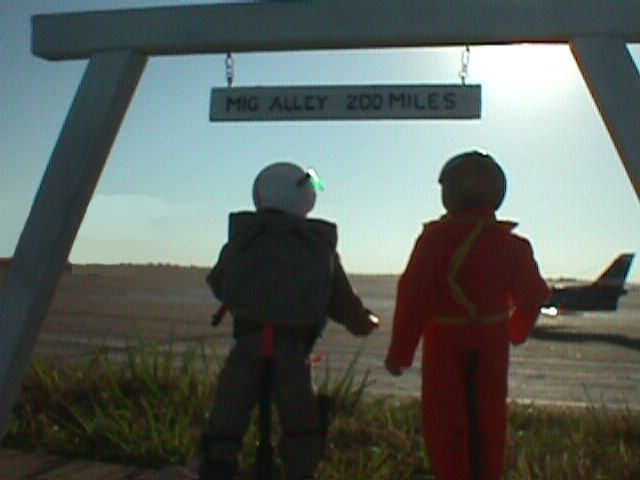
When I signed up to do this national blog posting on the 20th of July, I thought I would only stick with the
Colonies in Space book. But so much has come out this past week that I cannot just ignore it for a "simple book report." I decided to combine the original article I was working on with all the expanded news of the day. The LRO, the death of Walter Cronkite on July 17, 2009 at the age of 92.
I view Colonies in Space by T.S. Heppenheimer as a book of dreams. As a young man, I was totally behind the idea of the L-5 Society back then, now the
National Space Society; for colonizing outer space. And for me, that book and the one by Gerald K. O'Neill was the blueprint on how to do it. And yet, we didn't act on any of it. Words and more money dropped down going nowhere very fast studies. And the government just keeps on rolling along ignoring the majority of the people and paying attention only to those who can lobby Congress and get our so called representatives reelected once again.
Colonies in Space had bases on the moon to mine minerals, process them, then ship them up out of the lunar gravity well to the L1, L2, L3, L4, and L5 building sites. Super size spinning wheel space stations capable of holding thousands of people and the even bigger O'Neill class space colonies (the spinning cylinder Ala "Babylon 5").
Since the publication of that book, the concept of the Space Elevator has been better fleshed out. Easier to get payloads out of Earth's gravity well up to low or high earth orbit or even up to geostationary orbit. Space tourism is taking shape now.
Since the publication of that book, we think we have discovered water on the Moon, Mars, Europa, the moons of Saturn and beyond. Settlements for colonization on Mars has a better chance of making it now. Back then - it was just theory, now, we are getting some hard factors from our robot rovers.
Since the publication of that book, we have discovered a way to detect planets beyond our own solar system.
Bases on the Moon and on Mars could be built by robots and as Buzz Aldrin proposed recently, we should consider one way travel to Mars - i.e start colonizing Mars from the very first landing. Using Phobos as a staging base and a launch point to venture down to the planet's surface instead of trying to do it straight from Earth.
On a more personal note. I was nine years old when Neil Armstrong took that first step on the moon. I am 49 and a half years old as I write this post. Here is one of the Sunday comics that struck me as being just right for this posting.

So, what is wrong with this picture?
Nothing but symbolic. The death of our dreams I think.
What I consider to be a back stabbing Congress - laying flat on its back for anybody just to get themselves reelected and not care for the greater good of America (and by extension, the rest of humanity) by cutting back on funding for NASA in the 1970s. Making compromises with the shuttle craft and a space truck that went nowhere but up and down. Towards the end of its service life, two shuttles have bitten the dust (the last one taking a former Air Force ROTC classmate of mine from Texas Tech - Rick Husband).
I remembered when there was talk (and as it turned out, nothing but talk) of being on our way to Mars by the end of the 1980s. Surely by the early 1990s we would have been able to reach Mars. America was SO screwed by the idiots we keep on sending back to Washington DC.
And Finally, the biggest news this weekend leading up to the 20th is the following news item:
"LRO Sees Apollo Landing Sites"
NASA's Lunar Reconnaissance Orbiter, or LRO, has returned its first imagery of the Apollo moon landing sites. The pictures show the Apollo missions' lunar module descent stages sitting on the moon's surface, as long shadows from a low sun angle make the modules' locations evident.
The Lunar Reconnaissance Orbiter Camera, or LROC, was able to image five of the six Apollo sites, with the remaining Apollo 12 site expected to be photographed in the coming weeks.
The satellite reached lunar orbit June 23 and captured the Apollo sites between July 11 and 15. Though it had been expected that LRO would be able to resolve the remnants of the Apollo mission, these first images came before the spacecraft reached its final mapping orbit. Future LROC images from these sites will have two to three times greater resolution.
"The LROC team anxiously awaited each image," said LROC principal investigator Mark Robinson of Arizona State University. "We were very interested in getting our first peek at the lunar module descent stages just for the thrill -- and to see how well the cameras had come into focus. Indeed, the images are fantastic and so is the focus."
"Not only do these images reveal the great accomplishments of Apollo, they also show us that lunar exploration continues," said LRO project scientist Richard Vondrak of NASA's Goddard Space Flight Center in Greenbelt, Md. "They demonstrate how LRO will be used to identify the best destinations for the next journeys to the moon."
The spacecraft's current elliptical orbit resulted in image resolutions that were slightly different for each site but were all around four feet per pixel. Because the deck of the descent stage is about 12 feet in diameter, the Apollo relics themselves fill an area of about nine pixels. However, because the sun was low to the horizon when the images were made, even subtle variations in topography create long shadows. Standing slightly more than ten feet above the surface, each Apollo descent stage creates a distinct shadow that fills roughly 20 pixels.
The image of the Apollo 14 landing site had a particularly desirable lighting condition that allowed visibility of additional details. The Apollo Lunar Surface Experiment Package, a set of scientific instruments placed by the astronauts at the landing site, is discernible, as are the faint trails between the module and instrument package left by the astronauts' footprints.
(All images credit: NASA/Goddard Space Flight Center/Arizona State University).
The LRO, for me; puts to reset the nonsense that the United States of America never did travel to the moon much less land on it. so for all of you conspiracy lovers out there -
Happy 40th Anniversary of the Apollo 11 Landing on the Moon!
UPDATE: July 20, 2009. 11:44am. Last night on Coast to Coast AM, hosted by George Knapp this time, a caller claimed that the Apollo moon landings were (still) all fake. IN fact, Buzz Aldrin supposedly told his mother that his Apollo 11 landing was fake and she ended up committed suicide. Its these wackos (is the kindest word I can come up with at this time) that have poisoned not just the spirit of American space exploration, but basic (I think) civility.
___
Ref NASA webpage.(http://www.nasa.gov/mission_pages/LRO/multimedia/lroimages/apollosites.html)









+033.jpg)